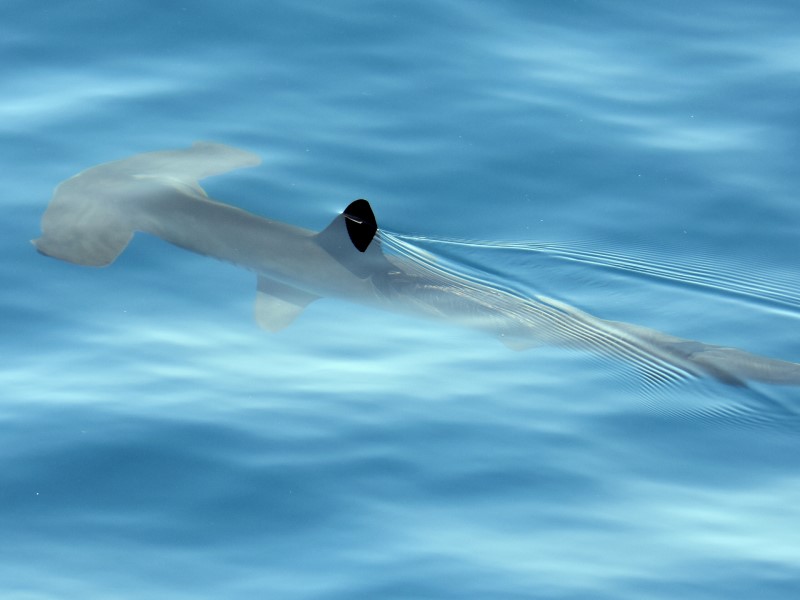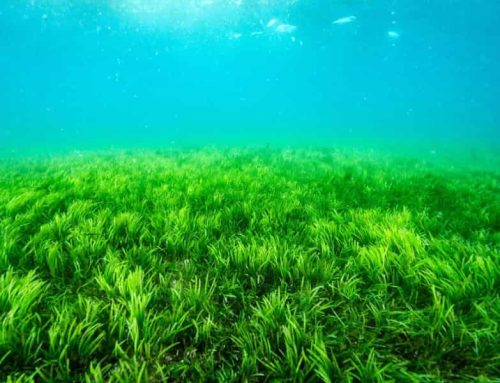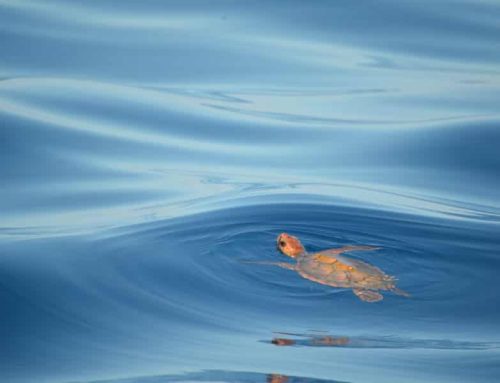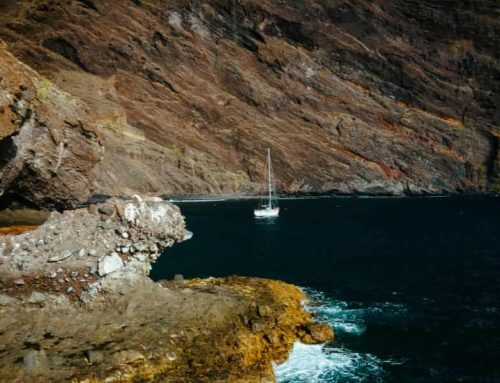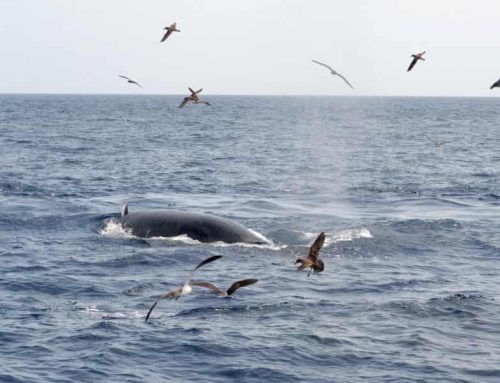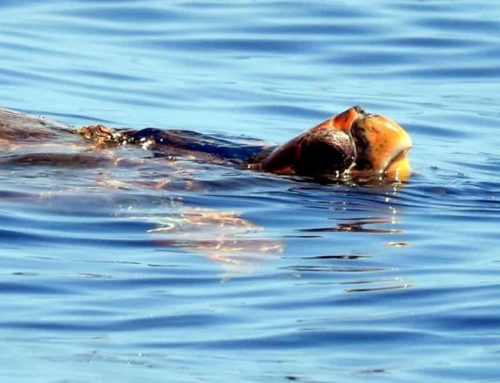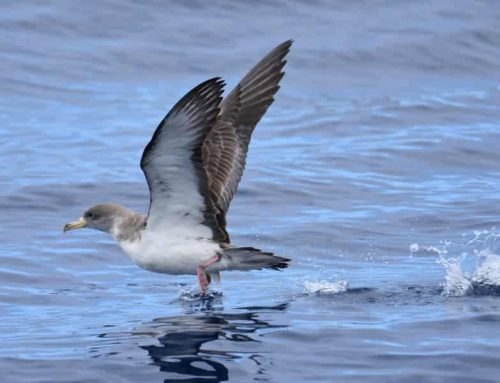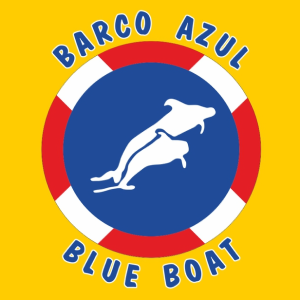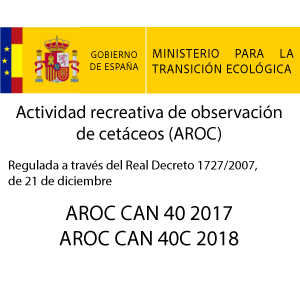What kind of sharks live in the Atlantic Ocean around Canary Islands?
Committed to all quality standards.
Sharks are a superorder of cartilaginous fish that live in all the oceans in the world, and although most of them are predators, some species only eat plankton. Scientists have determined that there are currently 360 different species, classified in 8 orders.
In the Canary Islands, about 50 species have been identified among the different habitats. Some of them use to dive down to 7,500 ft (2,500 meters) deep while others can be easily seen on the surface from offshore boats and even from the coastline.
Sharks Canary Islands
In recent years, due to the increase in the water temperature in the oceans, marine species have migrated towards other seas, including those of the Atlantic Ocean in the Canary Islands, where different shark species can be spotted by fishermen and tourists, and are often studied and care of by marine biologists.
Despite the fearsome image these animals have gained in popular culture, only unprovoked attacks from white sharks, tiger and bull sharks have been reported on humans. And that is mainly due to the strong hunting instinct those species have. Actually, most shark species are note aggressive. Some of them don’t even care the presence of bathers when approaching the beaches, something they usually do to protect themselves from other predators.
There are several species of sharks in Canarias that can be frequently seen offshore.
Whale shark
The Rhincodon typus is the largest fish in the world, some of them can measure up to 40 ft (12 meters) in length and usually inhabits warm tropical waters. It feeds mainly on phytoplankton like the larger whales. In recent years they have been observed near the islands of La Gomera, El Hierro and La Palma.
Shortfin mako shark
The Isurus oxyrinchus or shortfin mako shark is one of the most common sharks in the Canary Islands. It can be around 12 to 14 ft (3.5 to 4 meters) long. It is a predator that hunts and feeds on sardines, mackerel, herring, and swordfish, and it is often sought after by sport fishing amateurs due to its power and strength. Natural habitats for this species are the Mediterranean Sea, the Red Sea, and the Atlantic, Indian and Pacific oceans.
Angelshark
This species of the genus Squatina, is frequently found in the waters of the Atlantic Ocean around the Canary Islands. Unfortunately, nowadays its existence is threatened due to careless fishing. In recent years, its presence has been reported on the beaches of Santa Cruz and Las Teresitas, along with other sharks in Tenerife. Adult angel sharks feed on rays and small fish.
Basking shark
The Cetorhinus maximus is the second largest fish in the world, measuring up to 35 ft (10 m) in length and weighing 4 tons. Frequently seen on the surface, they are not aggressive nor afraid of the human presence, and feed only on fish and plankton. They swim from the coasts of Scotland to the Canary Islands on a 2,500-mile (3,700-kilometer) migration route to their sexual mating.
Smalltooth sand tiger
The Odontaspis ferox, also known as bumpytail ragged-tooth or smalltooth sand tiger, is a species always found in tropical seas, although it often wanders in cooler waters as well. It lives between 4 and 1,200 ft (12 and 420 meters) deep. In the Atlantic Ocean, it usually inhabits near the coasts of the Canary Islands, the Azores Islands and up north to the Bay of Biscay. They are 12 ft (3.6 m) long in average, and feed mainly on fish and crustaceans.
This species is not too easy to see, but it’s being currently spotted in the Mar de las Calmas marine reserve in El Hierro island.
Great hammerhead shark
Known for its distinctive “T” or hammer-shaped head, its scientific name is Sphyrna mokarran, and it’s one of the largest predators living in any ocean. Specimens up to 20 ft (6 meters) in length and weighing half a ton have been found. Adapted to a wide range of temperature waters, during summers it can be found on the coasts of Florida, East and West Africa and in the China Sea.
They are frequently seen near the coasts of the Canary Islands, especially on the beaches of Las Palmas and Las Canteras. They feed on fish, crustaceans, and mollusks.
Great white shark
The Carcharodon carcharias has the ability to adapt to warm waters in every ocean. That species became famous after Steven Spielberg’s movie Jaws. Adults can be up to 25 ft (7.5 meters) long.
This is a protected species in Spain since 2011, by Royal Decree 139/2011. Sightings of these sharks are uncommon, although some of them have been spotted on the coast of Cabo de Gata, in Almería and in Mallorca.
Ecotourism
The Canary Archipelago exhibits its maritime landscapes for tourists to enjoy in offshore boat trips. They can spot dolphins and sharks safely and, of course, with a high respect for these protected species and the marine fauna altogether. Those trips are perfect to observe several species of migratory birds that come and go to the islands any time of the year.
These trips are conducted by experienced sailors and certified marine biologists who know the different species of sharks in Tenerife, and help develop ecological tourism in the islands and educate new generations about the importance those ecosystems.


